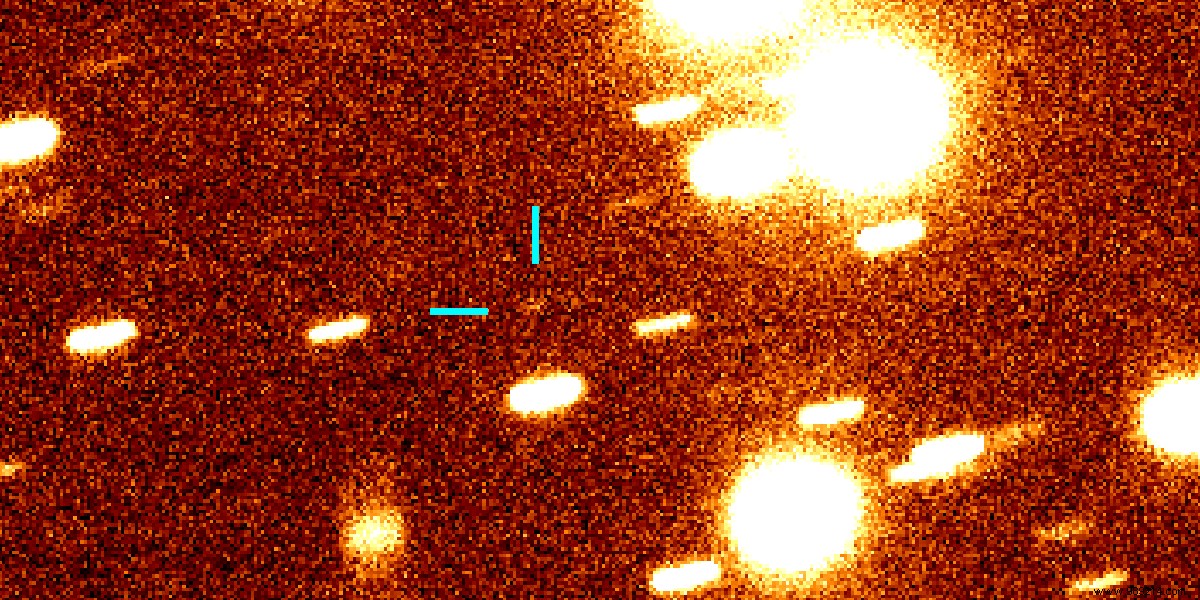The Japanese probe Hayabusa-2 returned to Earth in early December with samples from the asteroid Ruygu in its capsule. But that was not the end of his journey. JAXA is now targeting a new asteroid recently photographed by the Subaru Telescope.
On December 6, the Hayabusa-2 probe returned to Earth to deliver more than two kilos of material collected from the asteroid Ruygu. These samples, nearly intact for 4.6 billion years, could provide clues to the formation of our system, but also help researchers determine the role played by carbon-rich asteroids in the appearance of life on Earth.
That being said, after delivering its capsule to us, the Hayabusa2 probe did not get "snatched up" by our planet's gravitational pull. Officials from JAXA, the Japanese space agency, have indeed programmed a new route for him:towards asteroid 1998 KY26 , a small rock about thirty meters in diameter moving between the orbits of Mars and Earth. This will be the first close observation of a rapidly rotating asteroid. The meeting is scheduled for 2031.
In the meantime, the asteroid was indeed expected to approach within 0.47 AU of Earth (one AU is equivalent to the Earth – Sun distance, or about 150 million km) between the middle and the end of this month of December, offering a rare opportunity to be able to observe it. On December 10, 2020, astronomers using the Subaru telescope (Hawaii) therefore took the opportunity to photograph the object, as small and weakly luminous as it is, at the request of the Institute of Space and Astronautical Sciences (branch from JAXA).


Position data collected during these sightings will be used to improve the accuracy of the asteroid's orbital elements. Similar observations were made with the Very Large Telescope (VLT) of the European Southern Observatory (ESO).
According to JAXA, getting closer to this small object could help researchers prepare for possible collisions of similarly sized objects with our planet. On its way to 1998 KY26, the Japanese probe should also make a high-speed flyby of another object:asteroid 2001 CC21.
Finally, the Japanese Space Agency, galvanized by the success of this sample return mission, has just seen its exploration budget quadruple for the coming year. (the equivalent of 400 million euros).